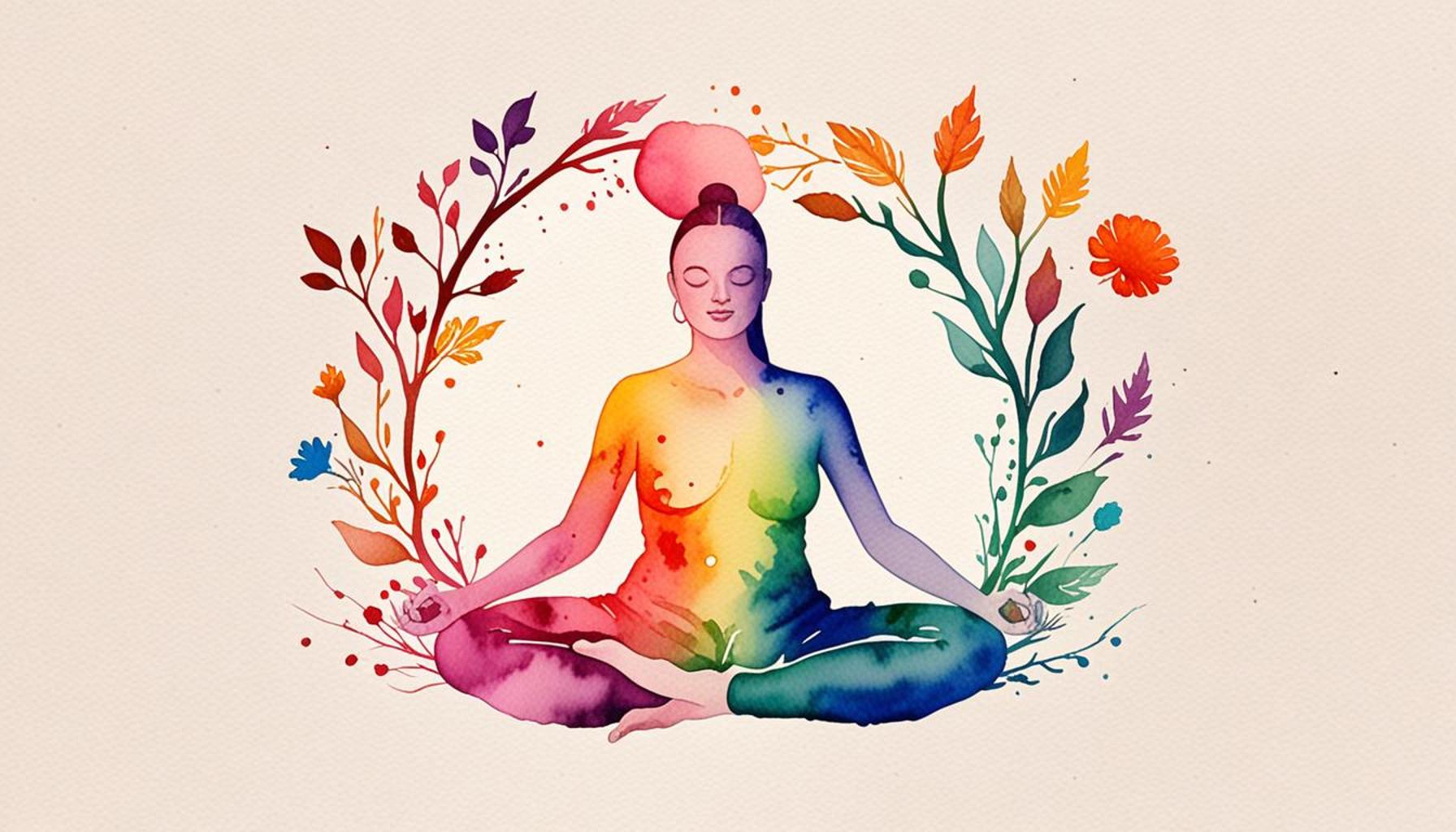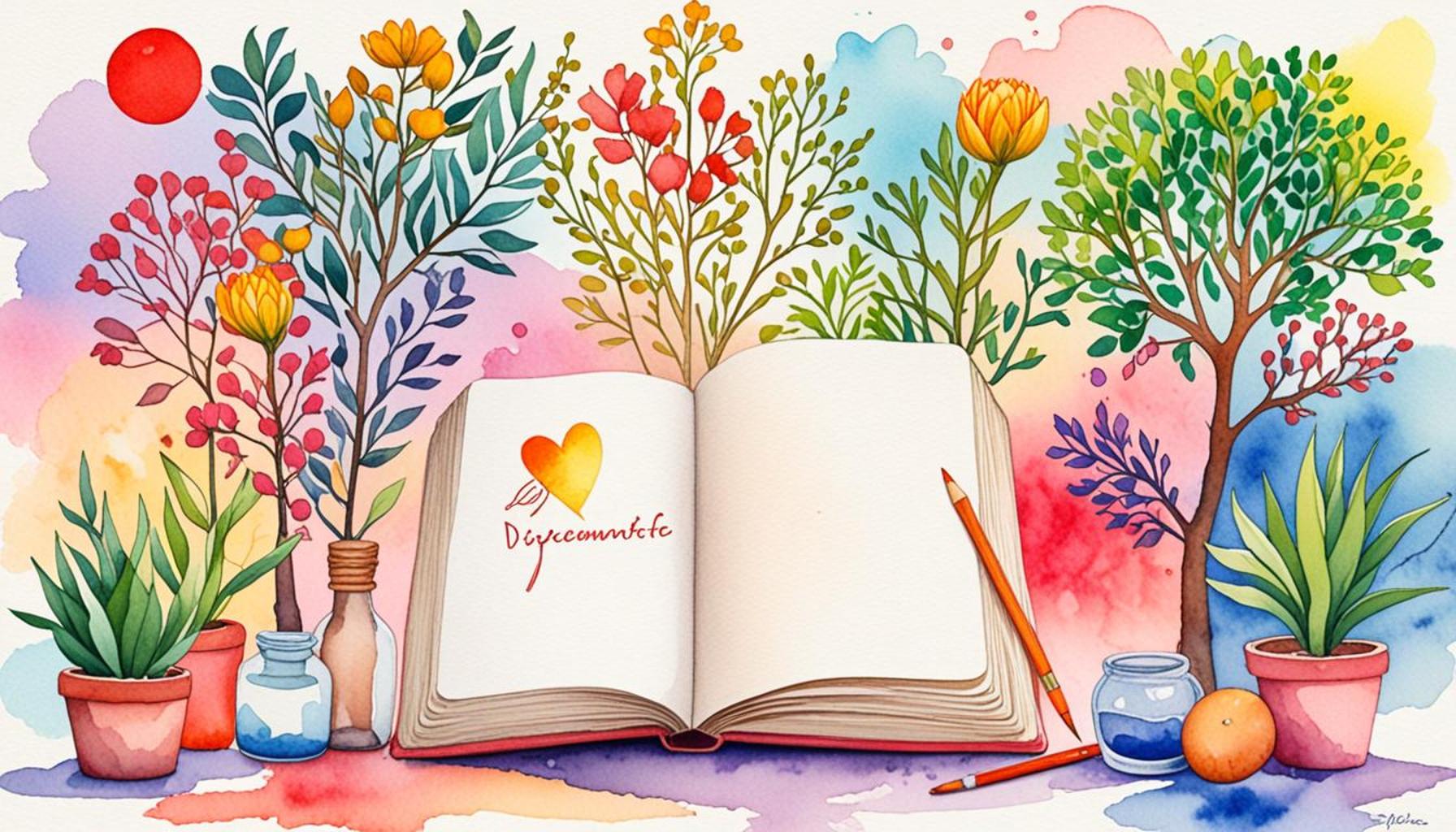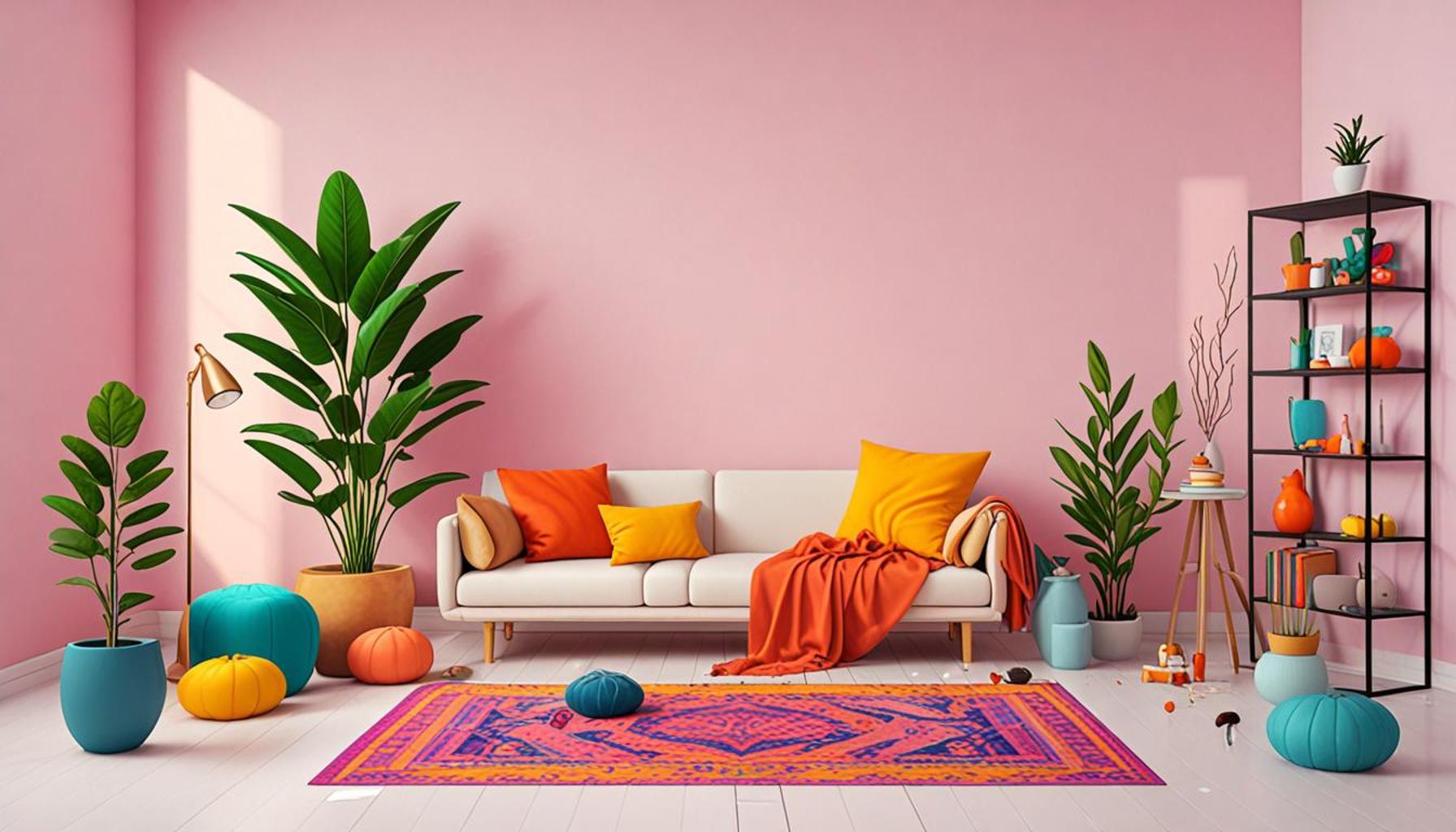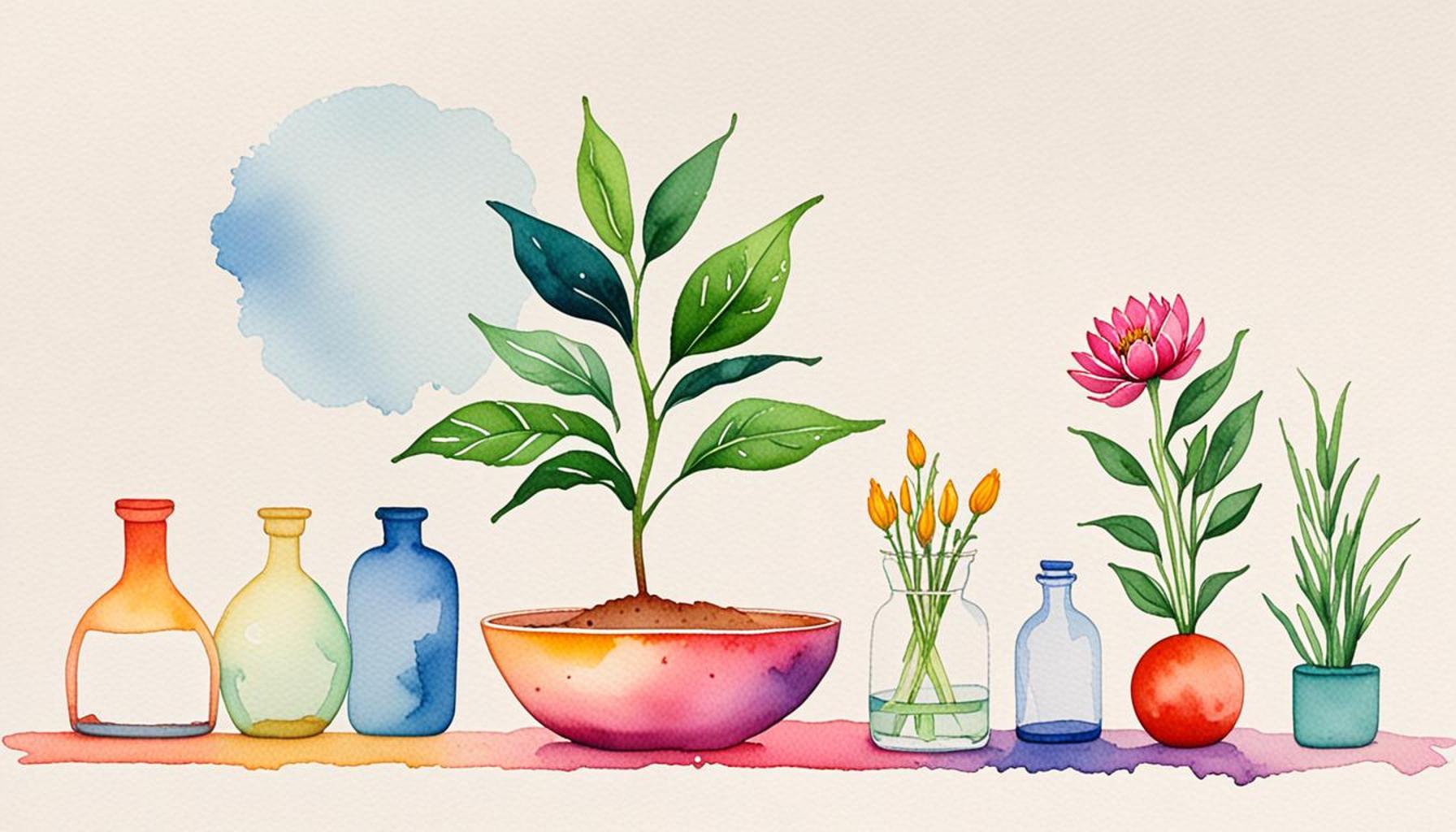The Synergy between Mindfulness and Minimalism: Practices for a More Conscious and Organized Lifestyle

The Benefits of Mindfulness
Mindfulness is a practice rooted in ancient meditation traditions that has been embraced by a modern audience seeking respite from the chaos of daily life. By focusing on the present moment, mindfulness encourages individuals to step back from their busy schedules and engage with their thoughts and feelings without judgment. This simple yet profound act has been shown to reduce stress and anxiety significantly.
For instance, numerous studies indicate that just a few minutes of mindfulness meditation each day can lead to a marked decrease in cortisol levels, the hormone associated with stress. Participants often report feeling more at peace and aware of their surroundings, which can enhance emotional well-being. Many people in the United States are finding solace in mindfulness practices through apps like Headspace or Calm, which provide guided meditations and mindfulness exercises tailored to an individual’s needs.
Moreover, mindfulness training has been linked to improved focus and concentration. This is particularly beneficial in workplaces that demand high levels of productivity and creativity. By improving one’s ability to concentrate, mindfulness helps individuals to engage more fully with their tasks, leading to higher-quality outcomes and greater satisfaction in their work.
The Appeal of Minimalism
While mindfulness nurtures our internal landscape, minimalism acts upon our external world. Minimalism is more than just owning fewer possessions; it is a philosophy that encourages individuals to declutter their lives, both physically and mentally. This can lead to the profound realization of what truly matters in one’s life. To illustrate, Marie Kondo’s tidying philosophy, which emphasizes keeping only those items that “spark joy,” has inspired countless people in the U.S. to reassess their belongings and create more serene living spaces.
By adopting minimalism, people can eliminate distractions that contribute to mental clutter. In a society obsessed with consumerism, it can be liberating to let go of excess physical items, allowing for a more peaceful environment. Homes transformed through minimalism often promote a sense of tranquility, as they are free from visual chaos. This doesn’t just apply to physical spaces; it can extend to digital environments too, where limiting the number of tabs open on a computer or decluttering a smartphone can lead to increased focus and productivity.
The Power of Integration
The intersection of mindfulness and minimalism reveals a potent framework for enhancing one’s quality of life. By integrating these practices, individuals can embrace a more conscious and organized lifestyle. A core principle of this integration is the idea that simplifying one’s physical surroundings can lead to a clearer mind. Daily routines that incorporate both mindfulness and minimalism create moments of reflection and intentional living, ultimately allowing for a more fulfilling existence.
For example, setting aside a few moments each day to practice mindfulness while engaging in activities like meal preparation or cleaning can transform mundane chores into conscious rituals. Additionally, utilizing minimalist principles to limit distractions can heighten this mindfulness practice, providing a serene backdrop against which individuals can reflect and grow.
In conclusion, the synergy between mindfulness and minimalism is not merely a trendy lifestyle choice; it represents a meaningful approach to reclaiming time, enhancing emotional well-being, and cultivating a life filled with purpose. As we explore practical strategies to incorporate these philosophies into our everyday lives, we uncover potential paths toward greater fulfillment and clarity, leading us to a more harmonious existence.
DIG DEEPER: Click here to discover how organization can ease your mind
Finding Balance: The Harmony of Mindfulness and Minimalism
In an age overwhelmed by choices and distractions, the combination of mindfulness and minimalism presents a compelling solution for those seeking a more balanced lifestyle. Both practices advocate for simplification, whether of the mind or the environment, leading to a more intentional and thoughtful way of living. This intersection provides a roadmap for individuals yearning for clarity amidst life’s complexities.
At its core, mindfulness teaches individuals to engage with the present, cultivating awareness about their thoughts, emotions, and the world around them. This heightened awareness is complemented by the principles of minimalism, which focuses on removing physical and mental clutter that can cloud one’s judgment and peace. By examining how each practice enhances the other, we see that the process is not simply about reduction, but about transformation—transforming one’s relationship with possessions, thoughts, and daily activities.
The Mindful Minimalist’s Toolkit
Practicing mindfulness and minimalism together can be approached through various methods that cater to personal preferences. Here are some practical strategies that embody the synergy between these two philosophies:
- Mindful Decluttering: Instead of a drastic overhaul, engage in a regular practice of decluttering by mindfully assessing belongings. Ask yourself whether each item adds value to your life or simply contributes to chaos.
- Meditation Spaces: Create a minimalist meditation space where distractions are limited. Use soothing elements like candles or plants, but keep the overall aesthetic simple to foster tranquility.
- Thoughtful Consumption: Approach purchases with mindfulness. Take a moment to contemplate whether an item aligns with your values and will serve a purpose in your home.
- Routine Mindfulness: Incorporate mindfulness into daily routines, such as eating or walking. By focusing completely on the task at hand, you can savor experiences and reduce mindless consumption.
These practices encourage a shift from a consuming mindset to one of appreciation, where individuals find joy in less; embracing intentionality over abundance becomes a source of strength and serenity. The ripple effects of these practices can extend to various aspects of life, including relationships, work, and emotional health. As the clutter diminishes, so does the noise in the mind, allowing for a clearer vision of personal goals and values.
In this journey towards a more conscious and organized lifestyle, many have turned to various resources to fortify their understanding and practice of mindfulness and minimalism. From books and workshops to podcasts, the wealth of information available provides invaluable insights for anyone wanting to embrace these synergies. It’s no longer just about eliminating distractions; it’s about rediscovering what it means to live intentionally, with purpose and awareness.
| Advantages | Description |
|---|---|
| Enhanced Focus | By adopting minimalism, distractions are reduced, leading to increased mindfulness and attention to present tasks. |
| Stress Reduction | A clutter-free environment promotes calmness, allowing individuals to manage stress more effectively through mindfulness practices. |
| Improved Decision-Making | Minimalism encourages clear thinking, thus enhancing decision-making abilities through focused mindfulness. |
| Heightened Awareness | Practicing mindfulness alongside minimalism fosters a deeper awareness of one’s surroundings, leading to a more intentional lifestyle. |
The synergy of mindfulness and minimalism presents a transformative approach to living consciously and organized. Each practice complements the other, creating a holistic lifestyle that prioritizes well-being. Mindfulness cultivates a heightened awareness of thoughts and feelings, while minimalism urges us to evaluate our possessions and commitments. By recognizing what truly enhances our lives, we can declutter not only our physical spaces but also our mental frameworks. Integrating these practices means intentionally creating environments free from chaos, which in turn opens the pathways for deeper contemplation and connection with oneself and the world at large. As you explore the interconnections of these philosophies, you’ll discover that fostering simplicity in life allows for a more profound appreciation of the moment, urging you to live consciously and act purposefully. Through their dynamic relationship, mindfulness and minimalism pave the way for greater fulfillment and clarity in daily living.
LEARN MORE: Click here to uncover helpful tips
Cultivating Awareness through Simplicity
As individuals delve deeper into the integration of mindfulness and minimalism, it becomes evident that the fruits of these practices extend well beyond physical space and mental clarity. The minimalistic approach encourages a reevaluation of priorities, enabling a more enriched and purposeful existence. This leads to a profound sense of gratitude, allowing individuals to truly savor the simple pleasures in life.
One pivotal concept in this journey is the practice of intentional living. This involves recognizing the choices made daily, from the clothes one wears to the food consumed, and understanding their impact on overall well-being. For example, adopting a whole foods diet not only fosters better physical health but also aligns with the minimalist view of consuming less processed and packaged items. This not only reduces clutter in the pantry but encourages mindfulness about nutritional choices, promoting health and vitality.
Another aspect to consider is the environment in which one operates. In the United States, where the hustle culture often reigns supreme, many find solace in creating minimalist living spaces that serve as sanctuaries from the chaos. The trend of “tiny homes,” for instance, demonstrates how individuals are prioritizing experiences over possessions, embracing small living without compromising on quality of life. According to the National Association of Realtors, 85% of those who live in tiny homes reported feeling less stressed and more disconnected from consumer culture. This speaks to the powerful connection between physical space, mental peace, and mindful living.
Digital Minimalism: Navigating the Virtual Landscape
The synergy of mindfulness and minimalism readily translates into the digital realm, where people are often inundated with notifications, emails, and social media distractions. Embracing digital minimalism can retrain one’s focus, reducing the mental load often associated with the overwhelming nature of technology. This practice may involve intentionally setting aside specific times for checking emails or social media, and limiting the amount of time spent online to enhance personal engagement and foster deeper connections.
For many, adopting mindful screen time means curating their online environment. This involves unfollowing accounts that do not resonate with one’s values or that contribute to negativity while following those that uplift and inspire. The ongoing practice of regularly revisiting and adjusting one’s digital connections can create a more positive and productive atmosphere, allowing for clarity in thought and action.
Moreover, journaling serves as a powerful intersection of mindfulness and minimalism. Keeping a journal creates a safe space for reflection, invites a deeper understanding of one’s emotions, and helps articulate what is essential. By regularly documenting thoughts and feelings, individuals can identify patterns and declutter the mind, ultimately leading to a more peaceful and organized mental landscape.
Ultimately, the synergy of mindfulness and minimalism encourages a lifestyle rooted in awareness, appreciation, and intentionality. As individuals embrace these practices, they often discover that the journey itself is both transformative and liberating, revealing the beauty in simplicity and the power of presence in every moment.
DISCOVER MORE: Click here to enhance your organizational skills
Embracing a Harmonious Lifestyle
In conclusion, the powerful intersection of mindfulness and minimalism illuminates a path toward a more conscious and organized lifestyle. As individuals cultivate awareness through simplicity, they learn to prioritize what truly matters, transforming their surroundings and mental space in tandem. The journey encourages stepping away from the chaos of consumer culture and embracing a lifestyle rooted in intentional choices and measured consumption.
The techniques introduced throughout this article, such as intentional living, creating minimalist environments, and embracing digital minimalism, offer practical ways to streamline daily routines while enhancing emotional well-being. Americans, in particular, are finding solace in these practices as they search for balance amid the fast-paced world around them. The trend toward downsizing, such as the popularity of tiny homes, showcases a collective desire to foster peace and reduce stress by prioritizing experiences over material possessions.
Moreover, the role of journaling in this synergy cannot be understated. Documenting thoughts and reflections allows individuals to engage in continuous self-discovery, shedding mental clutter and paving the way for greater clarity and focus. This intentional reflective practice further reinforces individual empowerment.
Ultimately, embracing the synergy between mindfulness and minimalism has the potential to transform not just individual lives but communities at large. By adopting these principles, readers can embark on a journey toward greater fulfillment, one that fosters gratitude and appreciation for the richness in simplicity. Discovering your unique path in this realm opens the door to conscious living and a more organized, harmonious existence.



